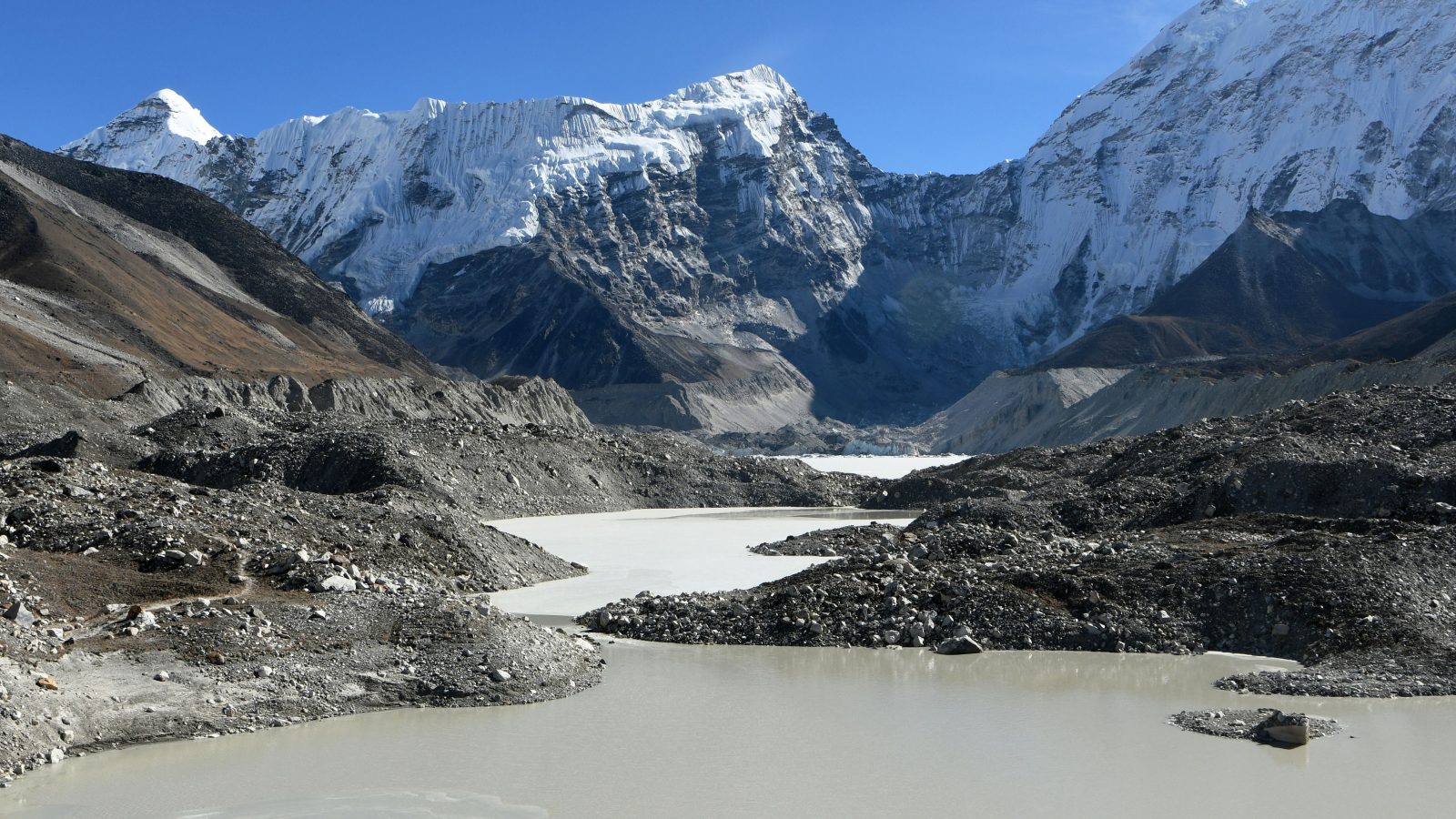The Hindu Kush region of the Himalayas has been long overlooked as a climate hot spot. The mountainous expanse from Afghanistan to Myanmar, known as the “Third Pole,” is home to the third largest store of glaciers in the world. And just like at Earth’s official poles, the ice in that area is rapidly thinning.
Even in the best-case scenario that the world is able to limit global warming to 1.5 degrees Celsius of warming (the level identified in the latest Intergovernmental Panel on Climate Change report that would subvert the most devastating impacts of global warming) at least a third of the Hindu Kush’s glaciers will disappear by 2100, according to a new report.
It’s about time this region, which sustains nearly a quarter of humanity with water and food, is given the international spotlight. “What happens here in the mountains matters to 2 billion people directly,” said Philippus Wester, a lead author of the report.
The 638-page report is the first comprehensive study of the region’s climate vulnerabilities. It took hundreds of researchers five years to fill this gap in knowledge. Up until now, major environmental assessments like the IPCC report have lacked detailed information about this critical region, Wester said, and this dearth of information was a “clarion call.”
Here are some of the report’s main findings:
- Following the current trajectory for greenhouse gas emissions, the Hindu Kush Himalayan region could see 8 degrees Fahrenheit (4.4 degrees Celsius) of warming by 2100, which would melt two-thirds of the region’s glaciers and destabilize Asia’s rivers, according to the report. Ten major river systems, including the Yangtze and the Ganges, cross through the area.
- Global warming will bring the region both too much water, and too little water, said Arjun Shrestha, Senior Climate Change Specialist at the International Center for Integrated Mountain Development and one of the report’s authors. Glacial lakes will overflow, causing sudden floods that wipe out fields of crops. On top of that, the monsoon season will become more intense, resulting in even more flooding. But during pre-monsoon season, the flow of water will be slowed — which could prove problematic for irrigating farms or producing hydropower energy.
- Climate change will also cause “erratic behavior” weather-wise, Shrestha said, like the absence of expected rainfall. Disturbances like these don’t bode well for farmers, who depend on consistent weather patterns.
- A lot of the direct effects of climate change will be felt downstream in parts of India, Pakistan, Bangladesh, and Nepal. “Heatwaves above 50 degrees Celsius will start happening much more often,” Wester said. “A lot of people will just die if it gets too hot — you know, your body just stops working.” In other words, global warming threatens the habitability of the region.
- Women in the region are among the most vulnerable to the effects of climate change, the report notes. Often, men will leave their homes in search of better economic opportunities, leaving women to deal with the consequences. As such, “Policies that support adaptation to climate change will not succeed unless they consider gender,” the report states. “They are at the forefront of all these changes that are happening in the space where they’re left behind,” said Chandra Gurung Goodrich, an author on the report and a senior gender specialist at the International Center for Integrated Mountain Development.
- The report calls for more international investment in the region and a radical, region-wide transition to hydropower and renewables. Currently, 80 percent of the rural, mountain-dwelling population relies on traditional fuels, like firewood or dung, yet hydropower holds the potential to power half a billion homes in the region.
Wester hopes that the new report will lead the world to finally pay attention to the Hindu Kush Himalayan region — just as much as people pay toward the poles. “A huge amount of research going on in the Arctic and Antarctica, which is great,” he said. “But could you also pay attention to us?”



